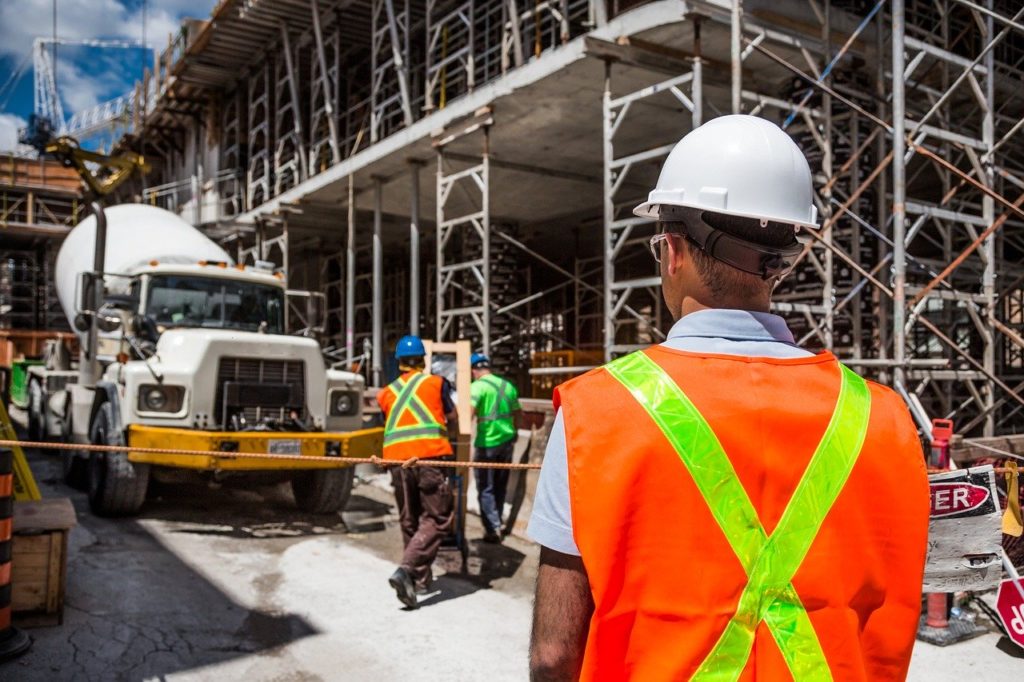Integrating Human Factors into Safety Case

Estimated reading time: 5 minutes

Integrating Human Factors into Design & Operations Risk Framework
The 2019 National WSH Statistics report revealed that the Construction and Manufacturing industries were the top sources to fatal and major industries with 66 cases each. In the first half of 2019, there were 17 workplace fatalities and the top 3 causes were slips, trips & falls, machinery incidents and falls from height. This further underlines the importance for Major Hazard Installations (MHI) to submit a Safety Case to show that proper safety measures have been implemented and risks have been reduced to As Low As Reasonably Practicable (ALARP).
MHIs need to demonstrate that they have taken all necessary measures such as setting up a systematic process to address and manage the human factors element on site. Writing a Safety Case indicates MHIs have assessed their safety measures and how organisational, technical and human factors contribute to safety in their installations. It also shows that MHIs have arrangements in place to resolve any safety shortcomings identified.
In order to integrate human factors into an effective framework for managing risks in hazardous industries, companies need to address several key questions:
- How do we build a sustainable operating culture to deliver consistent behaviours within our employees, suppliers and contractors?
- What is required as regards demonstrating how human factors and the associated risks are delivered to the satisfaction of regulators who adopt a Safety Case regime?
- How can we mitigate human error in design and operations, by the application of best practice evaluation tools such as Safety Critical Task Analysis?
- How can an organization build resilience to recover from a catastrophic event (such as the BP Texas City Explosion)?
Details of Implementing Human Factors And Its Elements In Safety Case Submissions
Based on the MOM Safety Case Technical Guide, the Safety Case submitted should demonstrate the approach taken to effectively manage human performance to reduce major accident hazards on site. The approach should be based on a thorough understanding of human reliability and where the site is susceptible to human failure. The approach covers the following:
- identify all safety critical tasks at the site, and those which could initiate, prevent or mitigate the representative set of SCEs
- analyse the tasks for the potential for human failure (task analysis and human failure analysis)
- identify appropriate risk control measures matched to the type of human failure and implement them
- identify any performance influencing factors (PIFs) and introduces measures to optimise performance
In addition, MHIs should also demonstrate that risk control measures, and the supporting Major Accident Prevention Policy (MAPP) and Safety and Health Management System (SHMS), are built upon a thorough understanding of how human failure plays a part in initiating, escalating and failing to mitigate the consequence of Safety Critical Event (SCE).
The human factor discipline covers a range of topics including:
- ergonomics associated with the design of plant, equipment, working environment and tasks
- demonstration of the safety of any activities which rely primarily on human action
- optimisation of organisational PIFs
MHIs should demonstrate that human factors are integrated into the MAH risk assessment process and also show that the potential for dependency between successive human tasks has been recognised and accounted (e.g. different people doing the same task may make the same error). MHIs should indicate how human factors have been accounted for in the design of equipment and in the operation, maintenance and modification of systems. Equipment or systems should be designed after consideration of how human failure can be reduced.
MHIs should also indicate how systems which require human interaction have been designed to consider the needs of the users, and that they are reliable. This includes manual control of systems, control room and interface design, and alarm handling.
Examples of proof that MHIs can present in the Safety Case include:
- consideration of how equipment design and the associated operating environment minimise human failures or improving equipment design to provide a more error tolerant system
- a description of procedures for activities requiring human interaction
- a description of training, including refresher training
- a description of staffing levels and supervision
- where a measure relies on human intervention, an explanation as to why human intervention has been selected in preference to an automated system; and shift work and overtime arrangements to minimise fatigue.
 |
Integrating Human Factors into Design & Operations Risk Framework is a 3-day training course held from 30 March – 1 April 2020 (Singapore) and 25 March – 27 March 2020 (Kuala Lumpur). The training course will describe the best practices in the development of competency management systems and how management can identify of the types of human error and pre-conditions that increase the likelihood of error occurrence. Other topics include the ergonomic aspects of the human-machine interface, organisational cultural models and behaviours surveys, the principle characteristics of “High Reliability Organisations”, best practice leadership approaches and more.
 |
 |
